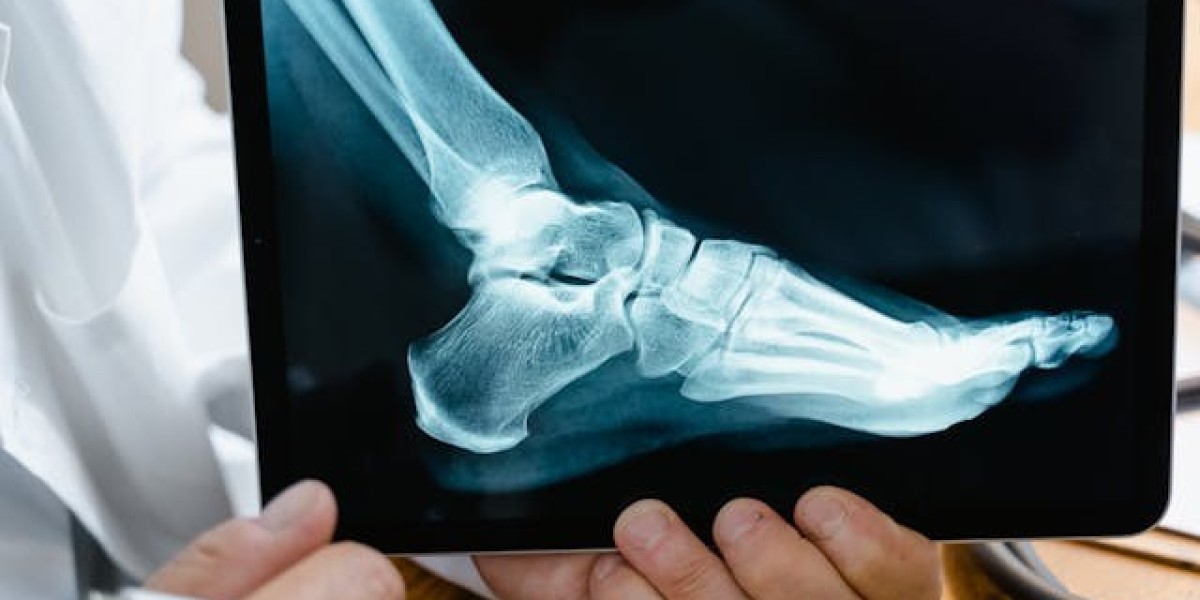Have you recently noticed thick, painful patches on your palms or soles that don’t seem to go away? If so, it might not be just dry skin. You could be dealing with a skin condition called Keratoderma Blennorrhagicum. This condition often appears in people with certain infections or joint problems and can be uncomfortable, both physically and emotionally.
In this blog, we’ll break things down in simple terms. You’ll learn what this condition is, what causes it, the symptoms to look out for, and how to care for your skin effectively. By the end, you'll know how to take the next steps confidently.
What Is Keratoderma Blennorrhagicum?
Keratoderma Blennorrhagicum is a skin reaction that causes thick, scaly patches. These usually show up on the palms of your hands and soles of your feet. The patches can look crusty, red, or even slightly yellow.
In many cases, it’s linked to a condition called reactive arthritis. That means the skin problem isn't happening by itself; it’s your body’s way of reacting to an infection, often in the urinary or digestive system. Sometimes, these patches can also appear on other areas like the genitals, scalp, or under your nails.
Although it might seem like a rare issue, recognizing it early can make a huge difference in your treatment and comfort. That’s why it’s important to understand what you’re dealing with.
What Causes It and Who Is at Risk?
So, what’s behind these strange skin changes? In most cases, Keratoderma Blennorrhagicum shows up after your body has responded to a bacterial infection. This could be something like a urinary tract infection or a sexually transmitted infection such as chlamydia.
What happens is that your immune system kicks in to fight off the infection, but sometimes, it also starts reacting to other parts of your body, like your skin. This reaction is especially common in people who have reactive arthritis.
People more at risk include:
Those with recent bacterial infections
Individuals already diagnosed with reactive arthritis
People with weakened immune systems
Young to middle-aged adults, especially men between 20 and 40
Furthermore, your family history might play a role. Some people may be genetically more likely to develop autoimmune-related conditions.
Key Symptoms to Watch For
Recognizing the signs early helps you avoid discomfort and complications. So, what does Keratoderma Blennorrhagicum actually feel like?
Here are the most common symptoms:
Thick, crusty skin patches, often on palms or soles
Red, inflamed skin that may crack or bleed
Pain when walking or using your hands
Nail changes like pitting or thickening
Occasional spreading to genitals or scalp
Moreover, some people also experience a burning or itchy sensation, though it’s not always present. The key thing to remember is that these symptoms can look similar to other skin problems like psoriasis, so it's easy to confuse them.
If your skin is bothering you and it doesn’t feel like a typical rash or dryness, it’s time to take a closer look.
When Should You See a Doctor?
You might be wondering, “Can’t I just wait and see if it goes away on its own?” While that sounds tempting, the truth is that untreated symptoms can get worse.
It’s best to contact a healthcare provider if:
The patches are painful or spreading
You’re also experiencing joint pain or stiffness
The skin is cracking, bleeding, or showing signs of infection
You’ve had a recent infection or STI
Additionally, seeing a doctor helps rule out other conditions that might look similar but need different treatment.
Diagnosis: What to Expect During the Visit
If you decide to see a doctor, here’s what typically happens. First, your doctor will look at the affected skin and ask about your recent health history. They might ask questions about past infections, joint pain, or family history.
Sometimes, a small skin sample (biopsy) may be taken to examine under a microscope. Other times, a swab might be used to test for infections.
Furthermore, your doctor may suggest blood tests to check for reactive arthritis or specific bacteria. The sooner you get answers, the sooner you can start feeling better.
How Is Keratoderma Blennorrhagicum Treated?
Now, let’s talk about what you can do to treat it. The good news is that several treatments are available. The right choice depends on how severe your symptoms are and whether there’s an underlying infection or arthritis.
Medical treatments may include:
Topical corticosteroids to reduce redness and swelling
Keratolytic creams (like salicylic acid) to soften thick skin
Oral antibiotics if a bacterial infection is present
Medications for reactive arthritis if joint symptoms are involved
In addition, managing stress and keeping the skin clean can help speed up recovery. You should also avoid harsh soaps or skin products that can make the condition worse.
Remember, what works for one person may not work for another. It often takes a bit of trial and error, so stay patient.
Everyday Care Tips to Protect Your Skin
Aside from medical treatments, what can you do at home? Daily care plays a big role in managing this condition. Simple changes in your routine can reduce discomfort and prevent flare-ups.
Some practical tips:
Moisturize your hands and feet daily
Use gentle, fragrance-free cleansers
Wear breathable shoes and cotton socks
Avoid long, hot showers which dry out the skin






